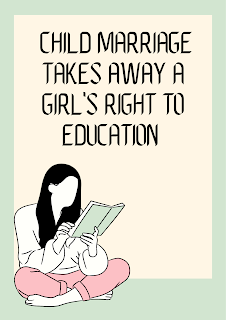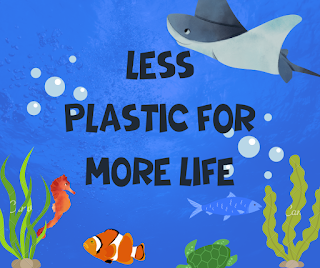CEDAW

The United Nations General Assembly passed the Convention on the Elimination of All Forms of Discrimination Against Women (CEDAW) in 1979. It is an international treaty that comprises of a preamble and 30 articles. This treaty defines what constitutes discrimination against women and lays out a plan for national action to put an end to it. When a country ratifies this Convention, it is legally obligated to implement its terms. Furthermore, the ratifying state agrees to produce national reports on the steps it has taken to comply with treaty commitments. Article 10 of this convention addresses women's educational rights. It requires states to offer equal educational opportunities to men and women. Females must have equal access to education, including schools, curricula, scholarships, vocational training, and other resources. There should be no gender stereotypes, and women should be encouraged and supported to pursue higher education. Rural women should have access to the same ed...

